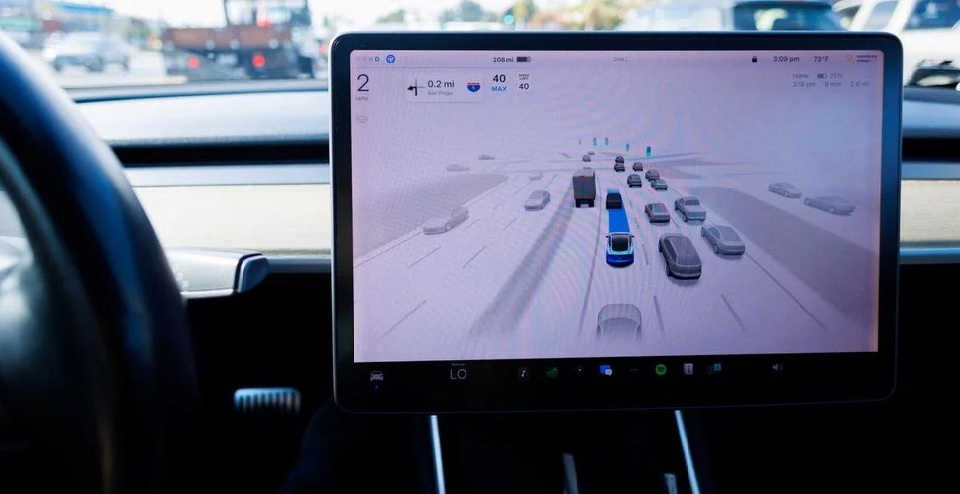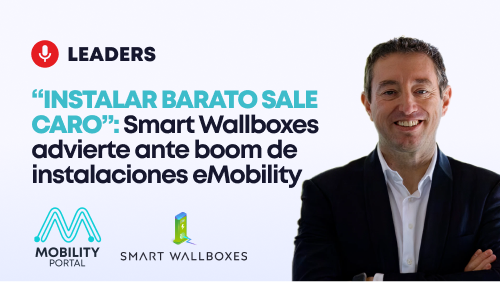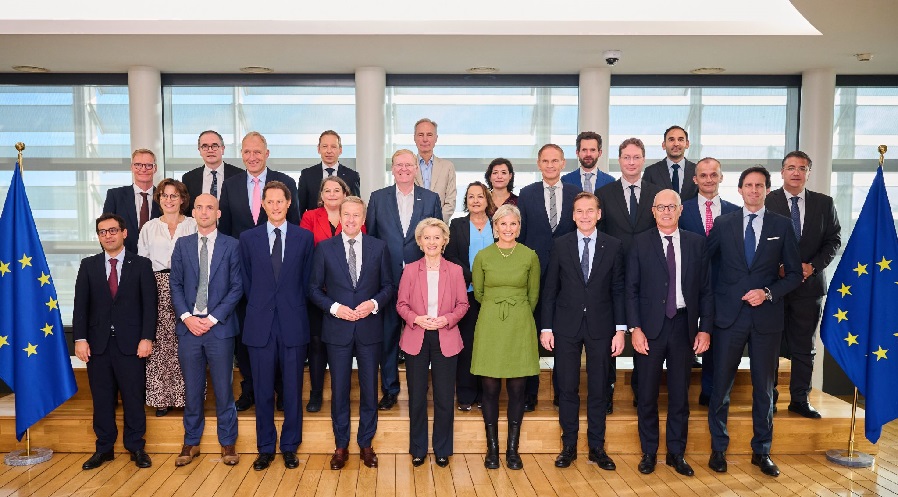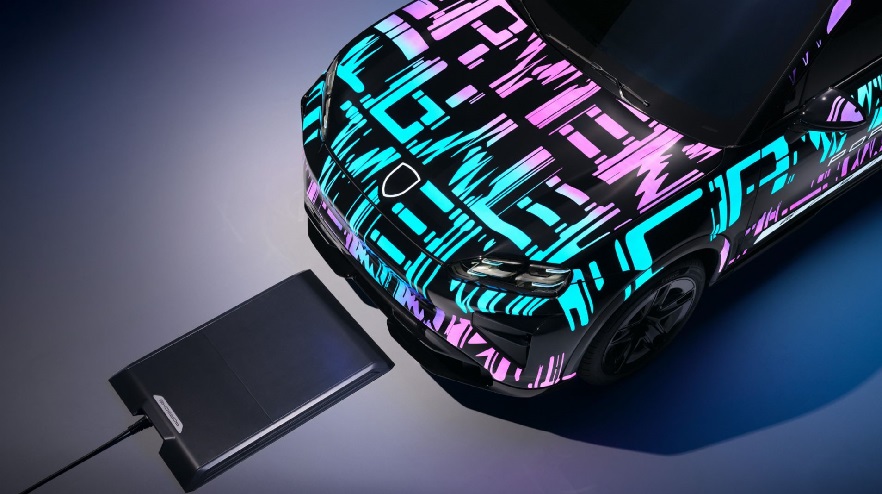Tesla on Tuesday received the first in a series of approvals from California required for the electric car maker to eventually launch a promised robotaxi service in the state, according to a state regulator.
The California Public Utilities Commission (CPUC) said it approved Tesla’s application for a transportation charter-party carrier permit (TCP), a license typically associated with chauffeur-operated services, allowing the company to own and control a fleet of vehicles and transport employees on pre-arranged trips.
The permit is a prerequisite for applying to operate an autonomous ride-hailing service in California, but a CPUC spokesperson said the current permit “does not authorize them to provide rides” in autonomous vehicles, and does not allow the automaker to operate a ride-hailing service to the public.
With sales growth slowing, CEO Elon Musk pivoted his focus last year to rolling out robotaxis and has promised driverless ride-hailing services to the public in California and Texas this year.
In October, the company revealed the Cybercab, a robotaxi concept that had no steering wheel or control pedals.
Tesla had applied for the TCP permit in November 2024, the regulator said in an email, adding that the company had not applied for the other permits yet.
The auomaker would also need permits from the California Department of Motor Vehicles (DMV) and CPUC in order to operate a fully autonomous robotaxi service that charges customers.
Tesla currently only has a DMV permit to test autonomous vehicles with a safety driver.
A DMV spokesperson said on Tuesday that Tesla has not applied for any additional permits from the agency, which would be required to move forward with a CPUC application for driverless taxis.
The company did not respond to requests for comments on the permit and details on the other applications.
Read more:
-
“Installing on the cheap ends up being costly”: Smart Wallboxes issues warning amid eMobility installation boom
Elis Álvarez, CEO of Smart Wallboxes, warns of the risks of cutting costs at a time of record EV sales and rapid expansion of charging points across Spain.
-
European manufacturers welcome EU’s “bold” proposals for the automotive sector
European manufacturers welcomed the fact that, while not all differences have yet been resolved and not all answers to the challenges are known, the range of solutions has expanded, with “concrete” proposals across all areas.
-
Porsche tests inductive charging in Germany: When will it launch across Europe?
Porsche will be the first car manufacturer to bring an 11 kW charging system with a ‟one-box” base plate for battery-electric vehicles to markets.










